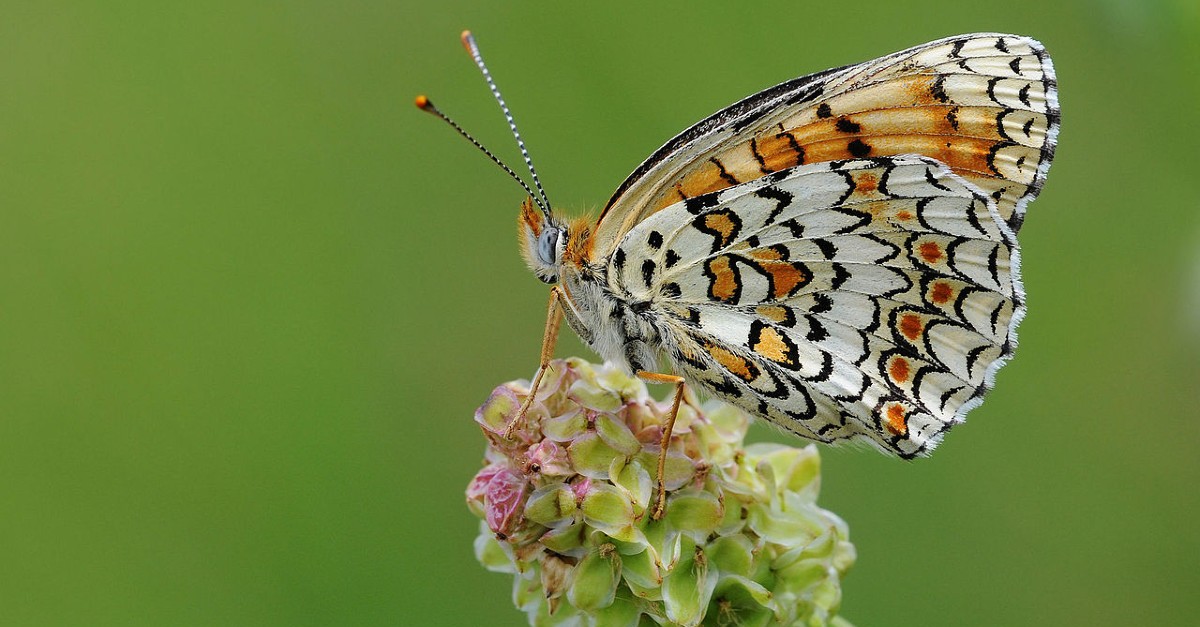I’ve always found Spring to be a fascinating time of year. There’s a certain energy to the season which makes you stop and take notice. Green shoots suddenly appear out of the ground, the daylight hours grow longer and warmer, not to mention the increased presence of birds and insects. It’s beautiful to watch, but also a little sad. If you’ve been paying attention, then you know our planet is in trouble, and sights like these will likely become rarer if things don’t change soon.
While most of the necessary changes will need to happen on a grand scale, there are still things we can do as individuals to give nature a helping hand. This is particularly true for educators. Every teacher knows that students have the potential to be a powerful force for good. Not only that, introducing students to the outdoors has been shown to have a significant impact on their educational development. So, teaching students about the importance of nature is basically a win-win.
Here are just a few simple strategies for bringing the Earth to students while also equipping them with the knowledge to make a meaningful change:
- “Water” You Gonna Do About It?: Water is arguably the world’s most precious resource, but only a tiny percentage of it is drinkable. In this activity, students will collaboratively engineer a device to try to stop “pollution” from moving from one body of water to another. They’ll learn how difficult water pollution is to stop and gain an appreciation for the importance of keeping our watersheds clean. Additionally, you can help them appreciate how little fresh water there is on Earth by creating visual representations of water distribution of ocean water, lakes, rivers, swamps, groundwater, and glaciers.
- Fish On! Card Game: Teach students the importance of sustainability with this engaging card game that lets them see the effects first-hand. In this game, students are presented with a pond that has 12 fish. Each day, students choose how many fish to catch, and every night, each pair of fish who are still alive (regardless of gender) will have a baby fish, which will grow into an adult overnight. Have students reach a consensus about how many fish they will catch each day. Then allow them to test if their numbers are sustainable.
- Found Art: Turn trash into treasure with this hands-on creative challenge! First, have students collect trash items from home to create their treasure — or scrounge around your room and school for forgotten and unused items for students to upcycle. Give students five minutes to identify the items they would like to use and sketch out their design. Then, have them put their creativity to work!
- Take Action: Have students spread the word and teach others about the importance of sustainable living. This can take many different forms. For instance, students could create an informative PSA that they can share over video or through a podcast. They could write a letter to their local representative urging them to support environmental policies. They could even create a pledge sheet that encourages signatories to abstain from buying harmful products. Little steps like these can make a big difference in the long run.
If you found these strategies to be helpful then be sure to check out the Blue Apple Timely Topic: Earth Explorers. This free, downloadable resource comes with four lessons which allow students to explore the wonders of nature. Be sure to check out the Blue Apple projects What’s in Your Water? and State of Sustainability as well. By bringing the Earth to classroom, teachers can equip students to be better custodians of our environment, while also building a better future for us all. So, what are you waiting for? Let’s get started!
*Image courtesy of Zeynel Cebeci via wikimedia commons.
